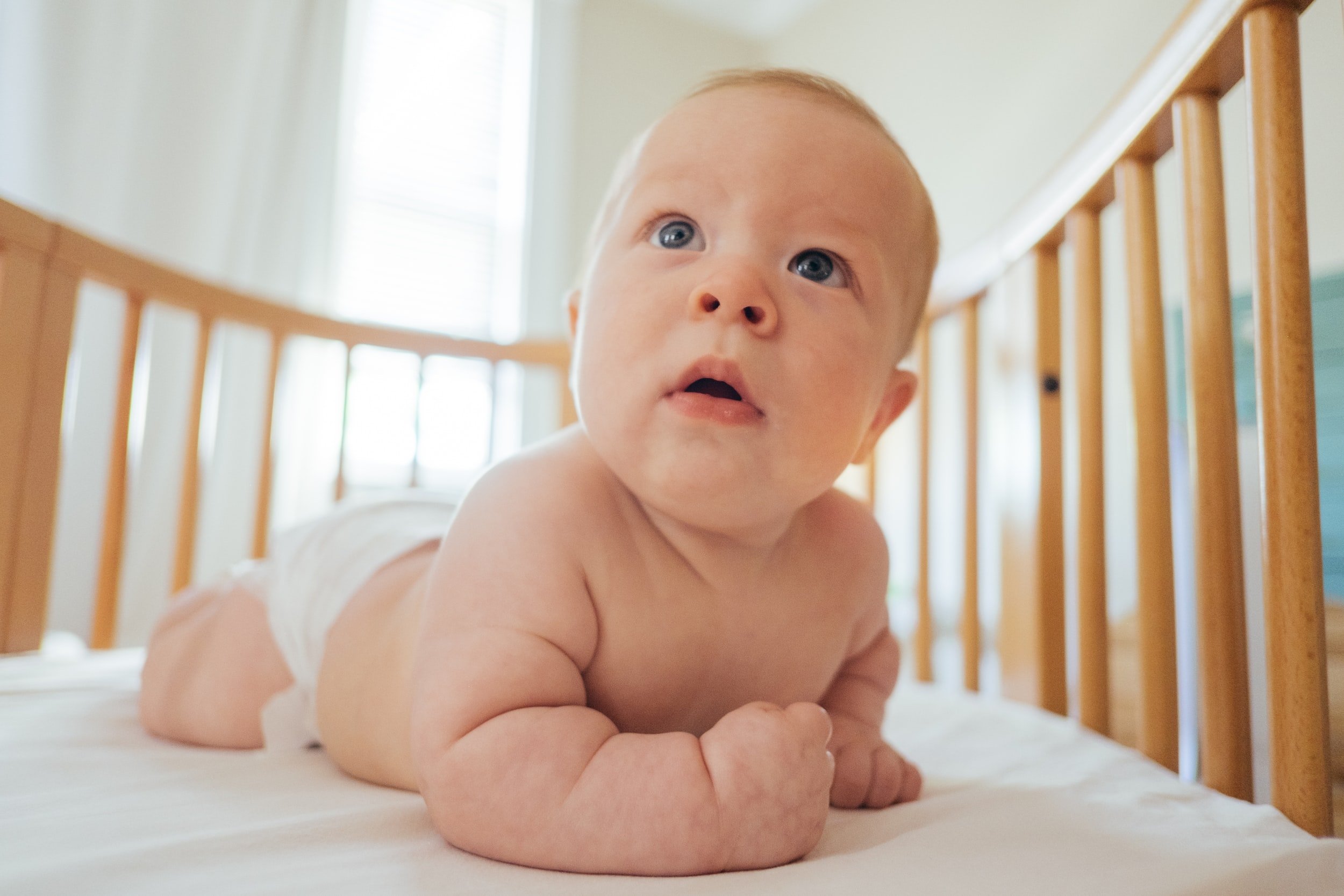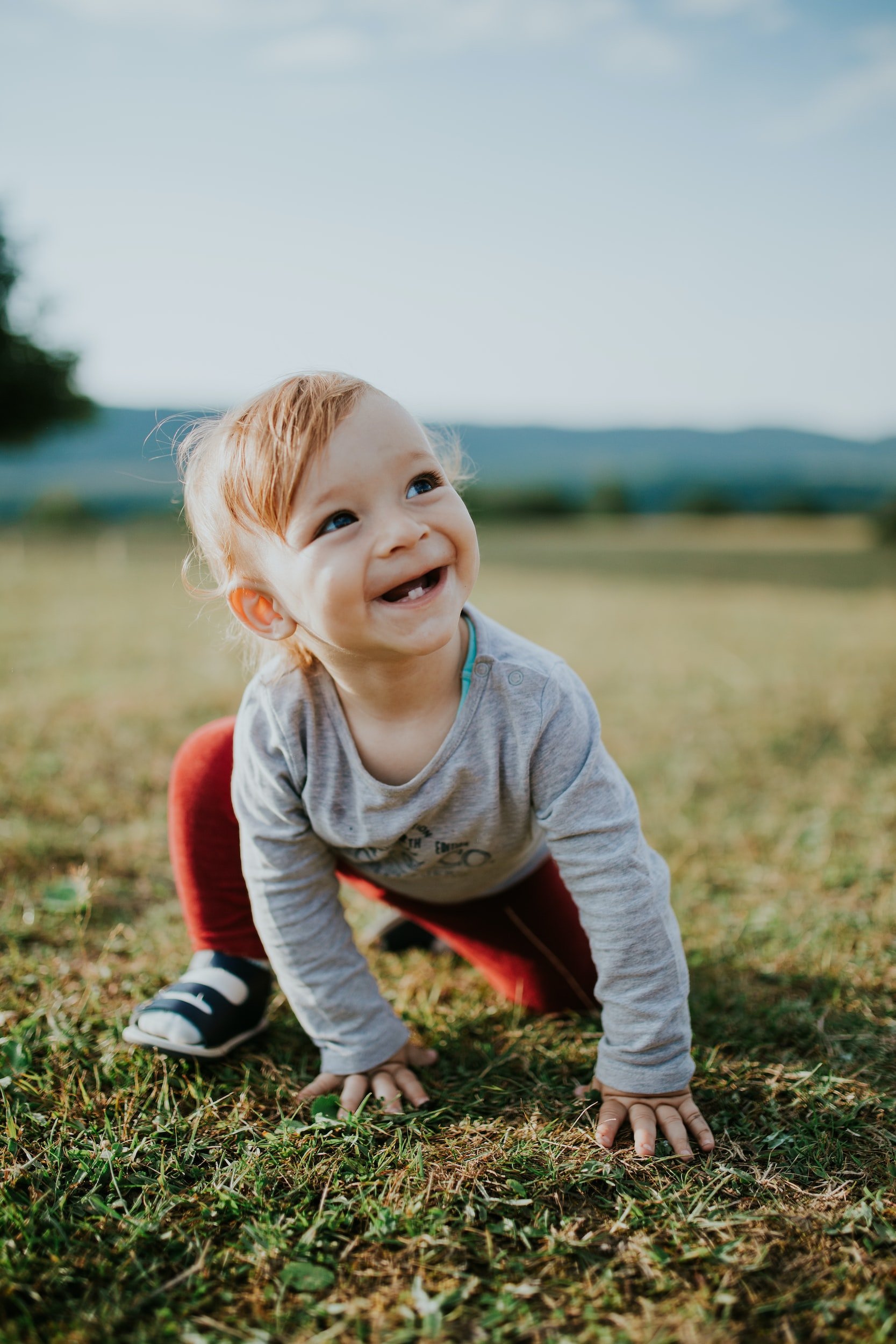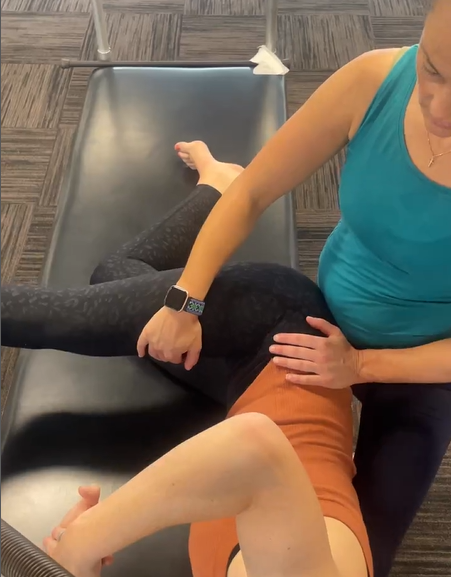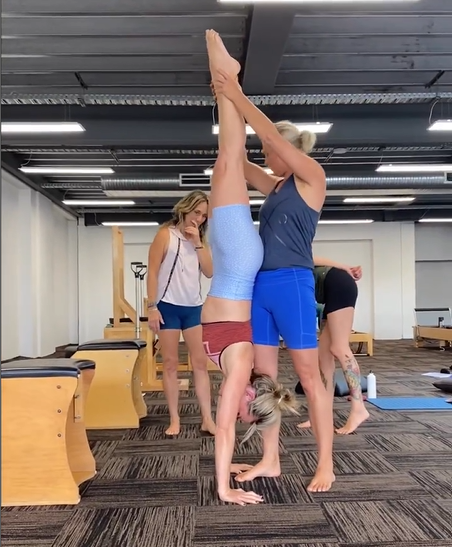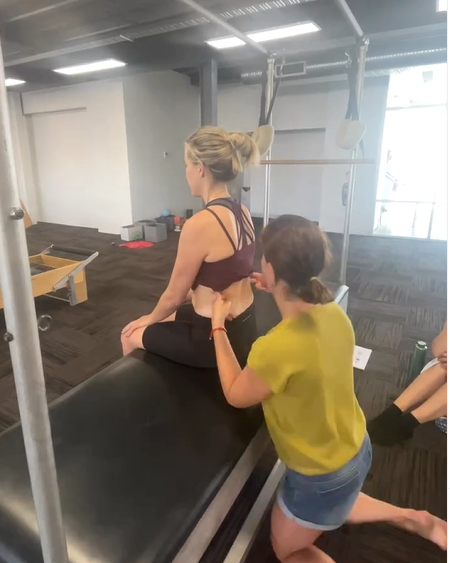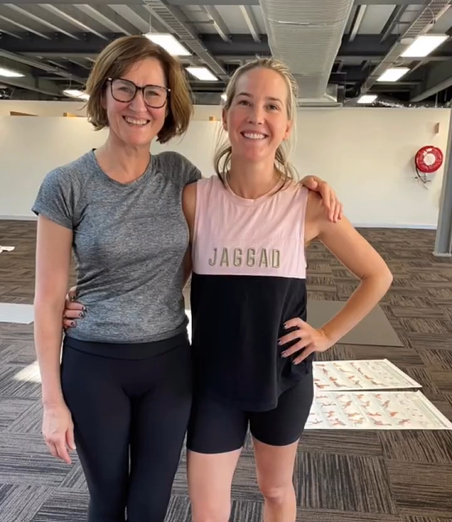Movement.
We all do it. We’ve been doing it since we were born.
In fact, 75% of us were doing it the best we’ve ever done it in those early, formative years.
As adults though, well, it’s gone a bit south.
We learn bad habits, we sit too long, we don’t move through nearly as much range of motion as we used to. Remember when swinging on a swing or hanging off monkey bars was the norm? But then we can also go too much the other way, pushing too hard in the gym, chasing unrealistic or unsustainable fitness goals. Initially you might see change, feel fitter, stronger, but over time, constant shoulder pain or back pain flares up time and time again. It’s a conflicting time because you feel like you're trying to do the things experts say to stay healthy and fit, it’s even become a part of your life and daily habits, you look forward to it, you’re ‘healthy’, and yet you’re in pain.
What’s going on here?
When we’re healthy babies (as in, no disease or trauma), our bodies and minds are so clever. When the baby is born it is immature in both structure and function - it can not support itself or even hold the weight of its own head, but by 16 months old, most babies are off and running. Our body doesn’t get to this point by chance. As our central nervous system (CNS) is developing, it is sending hardwired messages from our brain to the body with all the patterns we will ever need. Each pattern builds on the pattern before, both structurally (bones, ligaments, muscles) and functionally (coordination, movement) eg We don’t have to teach babies how to roll over, sit or crawl, because these motor programs are inborn in the CNS.
First the baby learns to stabilise the spine, lying on its back or front while not going anywhere, then gradually, purposeful movements start to happen from 3 months on and the baby continues to build stability and movement skills, until it can safely support itself upright. Along the way the baby begins to roll from support on the back (spine), to the front (prone), to side lying, to sitting on the side hip (oblique sit), to support on all fours (quadruped/crawling) to partial kneeling on a foot and a knee (tripod/half kneeling), to stepping up to standing, squatting and finally walking. The positions and transitional movements AND the specific posture we see in Ontogenesis (how the baby develops in the first 16 months of life), are the key to rebuilding the pain free body of our early years. The movements might seem simplistic or childish, but they are the way humans have been learning to stand upright, move from place to place and stay strong and supple since the beginning of man-kind.
So what’s the deal with all this chronic pain in the population?
No one can deny that the fitness industry is huge. Take any fitness professional, and they’ll all tell you that optimal strength, mobility, longevity is achieved through regular movement and exercise. It might be lifting weights, running track, Pilates, or any other modality out there.
And to be fair, they’re probably not wrong, compared to doing nothing at all, all those things should be good for you (if done with correct guidance).
The problem begins when these ‘seemingly’ healthy or fit choices start causing you pain.
Take hollowing as an example. Often we are told to scoop the navel into the spine and suck everything in and upwards to ‘support the spine’ and create stability and strength through the core. Now, if you are coming from a place of no strength or are seriously weak, then you will indeed see changes occur, you will LEARN to stabilise- up to a point. The key here, is, it’s a learned skill. It’s not the physiological way to stabilise. Specifically, it’s a muscular way to stabilise and not a neuromuscular way. We learn to engage certain muscles of the core but we fail to include the basis of stability and that is, regulating intraabdominal pressure (more on that in a moment).
But you’re a Pilates teacher I hear you say! And you’ve been scooping and sucking in since forever I also here you say. Yes, yes, I am and I have. And it’s been awesome. Until it wasn’t. Until I met my threshold. I’d say it was probably right after the point of having kids. Nothing is the same after having children. But I was managing pain and dysfunction on and off, well enough, until the end of the first lockdown in 2020. And with no teacher’s eyes on me (yes even teachers need teachers), my dysfunctional patterns of movement finally got the better of me.
You don’t have to be a Pilates teacher sucking in their abdominals regularly to develop dysfunctional methods of stabilising. Anyone can be pushed beyond their functional threshold. There are many factors that make us unable to stabilise efficiently, such as too much load, going too fast, too many reps, too unstable (balanced is challenge too much), too long a class, movement beyond your functional range of movement. It will be different for everyone.
The limiting factor in any learned skills of stabilisation, is focusing on the strength of the abdominal muscles. But the thing is, core stability is not defined by the strength of abs, or the back or any other muscles alone.
Enter Dynamic Neuromuscular Stabilisation (DNS). DNS is the practice of stimulating the mind to muscle neural pathways of stabilising our bodies through movement. It is based on the scientific principles of development kinesiology, (that is, DNS respects the neurophysiological aspects of the maturing musculoskeletal system.)
Stability is created by optimal regulation of Intra Abdominal Pressure (IAP). Regulated IAP is the result of proportional co-activation between diaphragm, pelvic floor, all muscles of abdominal wall and intersegmental spinal muscles. When this balance exists, the diaphragm can descend down and broaden the lower thoracic area, allowing all intercostal spaces to expand during inhalation. Balanced IAP then stabilises the Lumbar spine/pelvis from the front. Read up more about it here
Now, this might sound convoluted and sciency- but, this happens naturally and autonomously when we are developing babies. We can relearn all of this! Those systems have been wired before, so we can be rewired again.
Even Joseph Pilates knew the brilliance that is the development of postural function in locomotion.
“Have you ever closely and thoughtfully observed the movements of a newly-born babe? This constant desire for change in movement in babies is a manifestation of one of the many fundamental laws of nature- the law of action- which animals and human beings obey alike, if unhampered.” -Joseph Pilates
I’ve spent the last 13 years devoted to Pilates. I genuinely love it. It brings me joy. But when you know better you do better. And so that’s what I’ll be doing from here on in. Taking the principles of DNS and imprinting them into the movement patterns of Pilates that help to build functional strength and mobility, so I, and my client’s lives can be improved for the better.
So if you also love a ‘thing’, like running, or yoga, or HIIT and it brings you joy, then for goodness sake, 100% do the thing! But if you are fed up with recurring pain from doing the ’thing’ you love, or the ‘thing’ you’re told is good for you, it’s time to readdress your neuromuscular ways of stabilising so you can continue to do the things you love forever more!
On March the 18th 2023 I will be delivering my first workshop for the year. It is part of 5 workshops based on the Pillars of Wellness. This first workshop will take a deep dive into the Physicality of movement in well-being. It’s a great entry point into starting a consistent Pilates practice, where we will all be practising how to stabilise our core properly through the breathing principles of DNS and apply that to functional Pilates exercises. For those who already have a consistent Pilates routine, it will help you understand why you still might have some functional pain -are you constantly scooping in and up? Are you holding in your abs in a way that negatively affects other parts of your body? Let’s unlearn those patterns and relearn ones that support our goals and reduce our pain!
Like all my events, there will be a chance to socialise and sip wines and snack on nibbles after the class. For more information head to the link below. Can’t wait to see you on the mat for some fun!



